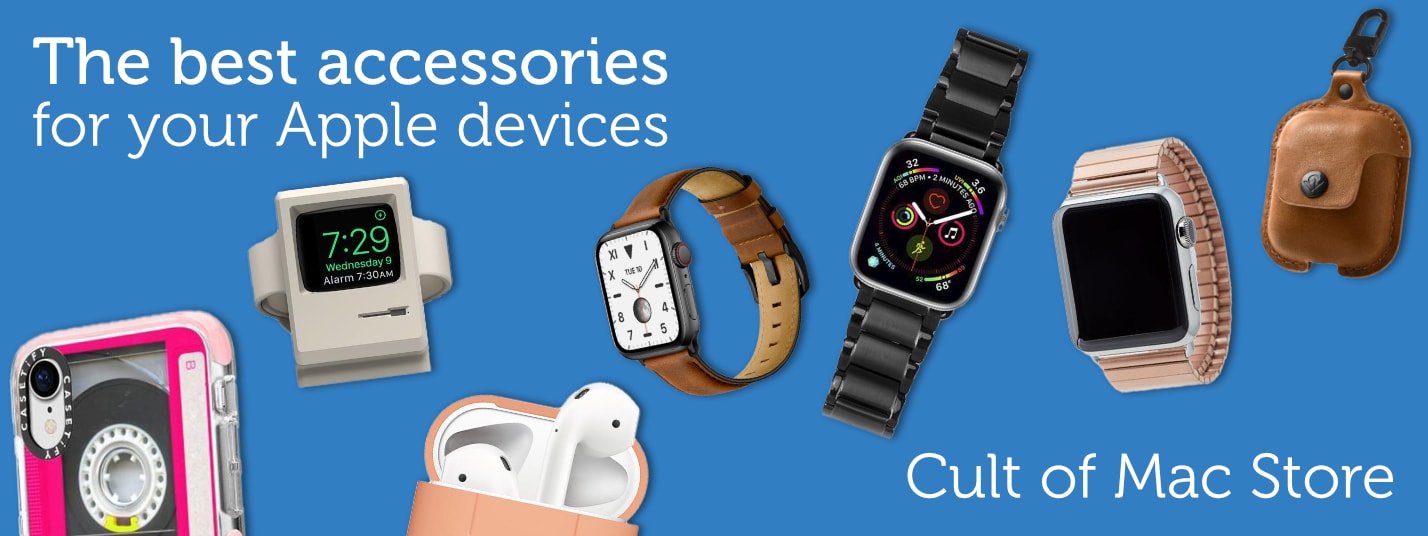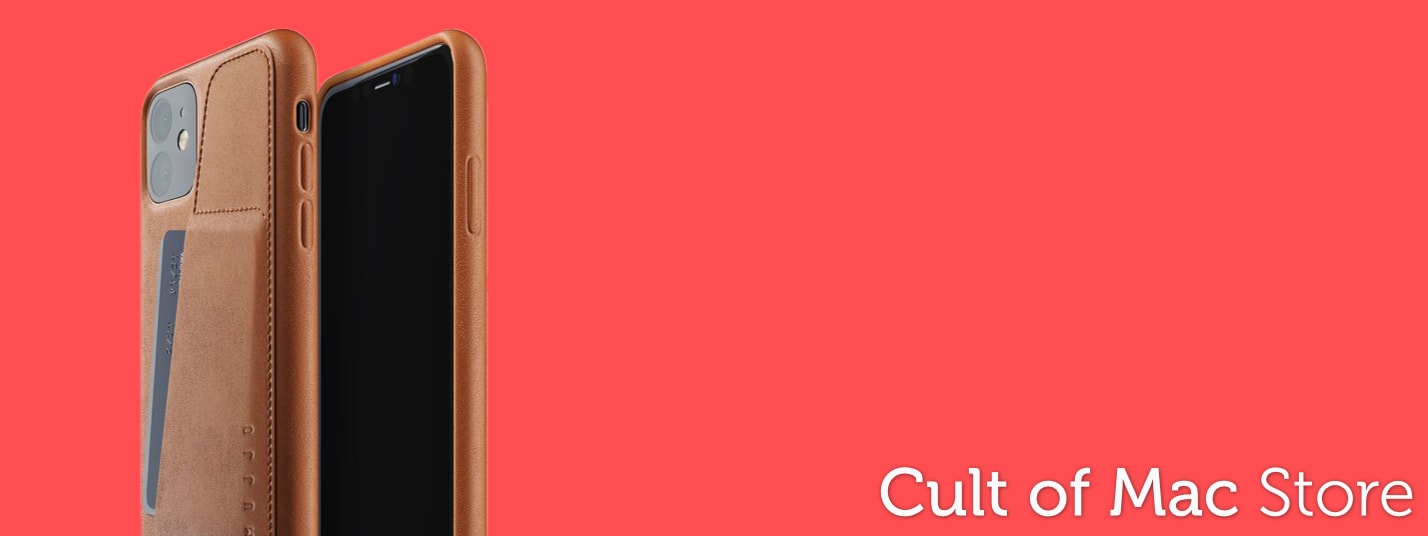-
Apple’s ‘Crush!’ ad touting new iPad Pro draws ire
Apple’s ‘Crush!’ ad touting new iPad Pro draws ire
By David Snow · May 8, 2024Outraged creatives call "Crush!," a new Apple video for iPad Pro, wantonly destructive, wasteful, insensitive, egotistical and more. more...
-
Watch Apple’s ‘Let Loose’ event in just 90 seconds
By D. Griffin Jones · May 7, 2024 -
New iPad Pro with beautiful OLED display and M4 chip is ‘thinnest Apple product ever’
By Ed Hardy · May 7, 2024 -
A top microphone needs a great audio interface [Setups]
By David Snow · May 8, 2024 -
Apple supersizes iPad Air with 13-inch model
By David Snow · May 7, 2024
Latest Posts
-
- News
Marvel’s What If…? VR/AR app coming to Vision Pro
By Ed Hardy · May 8, 2024 -
- News
Apple leaps to next-generation M4 in just seven months
By D. Griffin Jones · May 7, 2024 -
- News
New Magic Keyboard for iPad Pro features a bigger glass trackpad with haptic feedback
By Rajesh Pandey · May 7, 2024 -
- News
Apple Pencil Pro adds ‘squeeze’ gesture, haptic feedback, Find My and more
By Leander Kahney · May 7, 2024
-
Clever 6-port hub is also shelf for iMac
-
Customize your Mac to your liking with MacPilot
-
Versatile new lightweight folio fits 2024 iPad Pro and Air
-
Score up to 92% off iPhone cases and accessories
-
Apple TV+ drama Fancy Dance brings back Oscar nominee Lily Gladstone
-
Cases, keyboards and screen protectors are ready for 2024 iPad Pro and iPad Air
-
Today in Apple history: 1997’s ‘MacBook Air’ weighed 4.4 pounds
-
Repurpose videos, podcasts and more with this AI tool
-
New Sennheiser Accentum noise-canceling earbuds won’t break the bank
-
2024 iPad Pro and iPad Air ditch the physical SIM slot for good
Popular Now
-
The 16 best Mac apps for all kinds of work and play
-
Why every Apple fan should get excited about ‘Let Loose’ event [Updated]
-
Did Apple just leak ‘Apple Pencil Pro’?
-
New iPad Pro with beautiful OLED display and M4 chip is ‘thinnest Apple product ever’
-
Bummer! New iPads won’t work with old Apple Pencil.
-
New Magic Keyboard for iPad Pro features a bigger glass trackpad with haptic feedback
-
Apple supersizes iPad Air with 13-inch model
-
MacBook with 20-inch folding display could launch as early as 2025
-
Let AI write, schedule and post on social for you with this pro marketing tool [Deals]
How-Tos and Tips
-
- How-To
Use your iPhone to find and change passwords that hackers stole
By Ed Hardy · May 2, 2024 -
- How-To
How to make a custom ringtone on your iPhone
By D. Griffin Jones · April 29, 2024 -
- How-To
How to check iPad battery health
By Ed Hardy · April 26, 2024 -
- How-To
How to use Delta, the iPhone game emulator
By D. Griffin Jones · April 23, 2024 -
- How-To
5 essential Mac settings you should change
By Rajesh Pandey · April 13, 2024 -
- How-To
Share passwords with your family on iPhone
By D. Griffin Jones · April 3, 2024
Cult of Mac Giveaways
Win a rugged and waterproof Apple Watch sport band
Got an Apple Watch? Then you should enter our giveaway to win a tough-but-beautiful Lululook Waterproof FKM Sport Band. >>>
Setups
-
- setups
A top microphone needs a great audio interface
By David Snow · May 8, 2024 -
- setups
Edifier speakers rock slick MacBook Pro rig
By David Snow · May 6, 2024 -
- setups
Killer dock keeps MacBook Pro and PC in play
By David Snow · May 3, 2024
Latest Videos
- Cult of Mac Videos
-
The Best Mac Apps, Tools and Utilities
The Best Mac Apps, Tools and Utilities
-
Apple’s May 7th “Let Loose” event - our predictions! (CultCast #645)
Apple’s May 7th “Let Loose” event - our predictions! (CultCast #645)
-
How to Create Custom Ringtones on iPhone
How to Create Custom Ringtones on iPhone
-
How to Get Apple TV+ for Free Again! 🍏 The Deal's Back and Here's How to Claim It!
How to Get Apple TV+ for Free Again! 🍏 The Deal's Back and Here's How to Claim It!
-
How to Use Delta, the iPhone Game Emulator
How to Use Delta, the iPhone Game Emulator
Today in Apple History
- History
1997’s ‘MacBook Air’ weighed 4.4 pounds
On May 8, 1997, Apple released the PowerBook 2400c laptop, a 4.4-pound "subnotebook" that presaged the rise of speedy, lightweight notebooks. >>>
Latest Apple TV+
- Apple TV+
Can dimension-shifting Constellation nail its season finale?
On the Apple TV+ sci-fi show, you should never believe what you think is reality. Will "Constellation" season finale wrap up its loose ends? >>>
Daily Deals
-
- Daily Deals
Customize your Mac to your liking with MacPilot
By Cult of Mac Deals · May 8, 2024 -
- Daily Deals
Score up to 92% off iPhone cases and accessories
By David Snow · May 8, 2024 -
- Daily Deals
Repurpose videos, podcasts and more with this AI tool
By Cult of Mac Deals · May 8, 2024 -
- Daily Deals
Add a folding CarPlay display to your ride for just $90
By Cult of Mac Deals · May 7, 2024 -
- Daily Deals
This cybersecurity course bundle is great for experienced IT students
By Cult of Mac Deals · May 7, 2024 -
- Daily Deals
Get Microsoft Office Home & Business 2019 for Mac, just $29.97
By Cult of Mac Deals · May 6, 2024
Reviews and Recommendations
-
- reviews
Digital photo frame with Wi-Fi makes great Mother’s Day gift
By Ed Hardy · May 5, 2024 -
- reviews
The 16 best Mac apps for all kinds of work and play
By D. Griffin Jones · May 4, 2024 -
- reviews
New mophie case adds hours to iPhone battery life
By Ed Hardy · April 23, 2024 -
- reviews
Anker’s portable power station gets you through blackouts and campouts
By David Snow · April 19, 2024 -
- reviews
Belkin iPhone stand cleverly keeps camera focused on you
By Ed Hardy · April 8, 2024 -
- reviews
These are the best games on Apple Arcade
By D. Griffin Jones · April 6, 2024
Newsletters
Daily round-ups or a weekly refresher, straight from Cult of Mac to your inbox.
-

The Weekender
The week's best Apple news, reviews and how-tos from Cult of Mac, every Saturday morning.
Our readers say:
"Always posting cool stuff" -- Vaughn Nevins.
"Very informative" -- Kenly Xavier.





